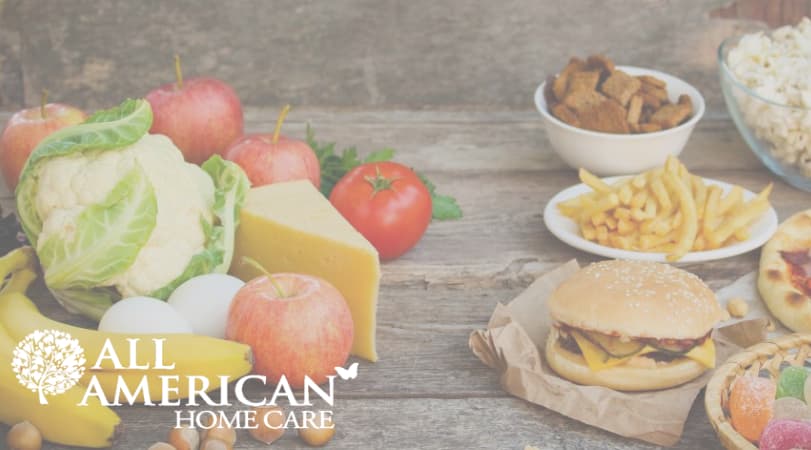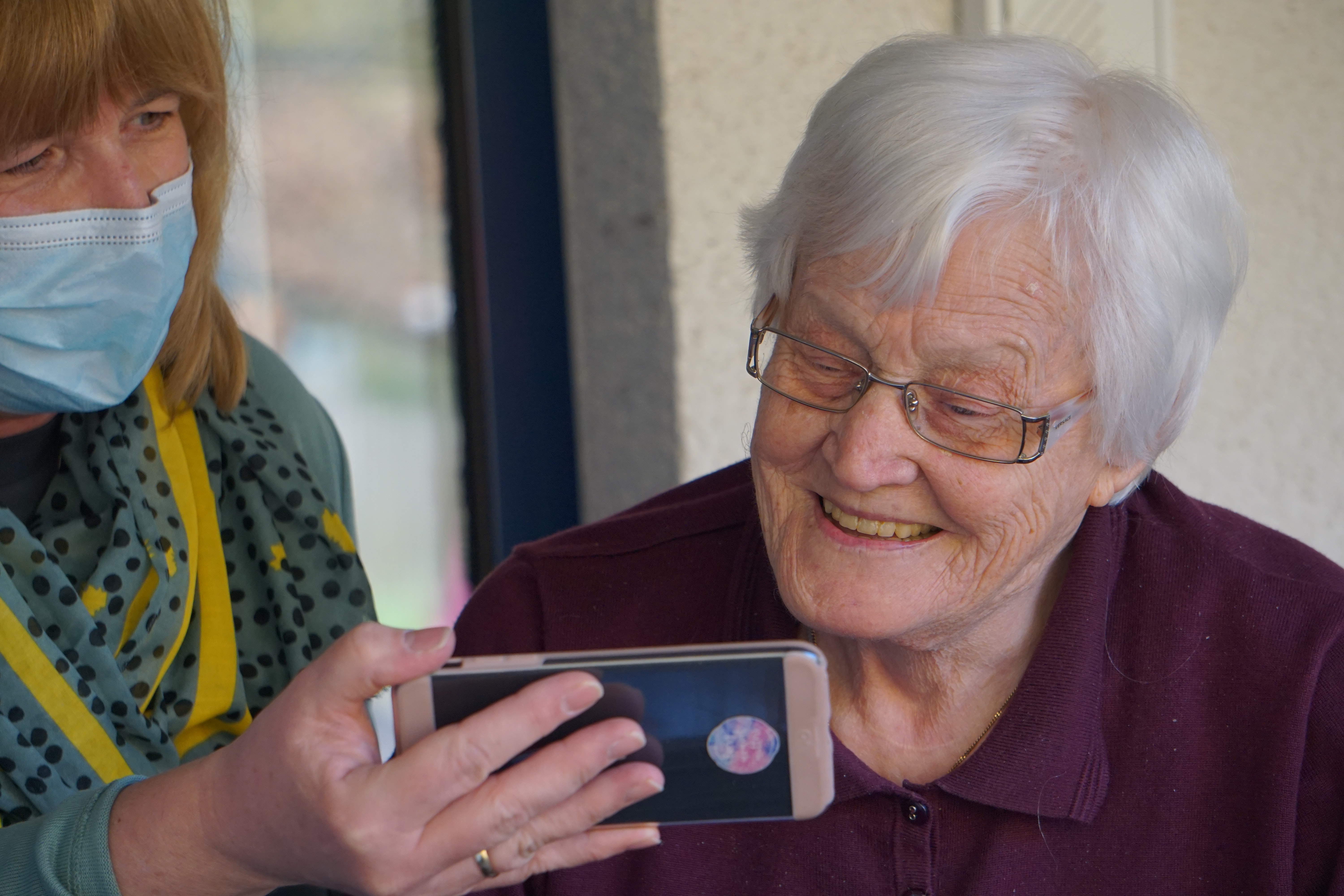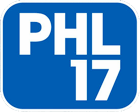
Low Sodium Diet: Importance, Meal Examples, Tips and More
December 28 2019
Updated on June 18, 2022
- Low Sodium Diet
- What Is a Low Sodium Diet?
- Reasons to Go Low Sodium Diets
- What Are the Risks of a Low Sodium Diet?
- What Can You Eat on a Low Sodium Diet?
- What to Avoid on a Low Sodium Diet
- Low Sodium Fast Food
- Does Low Sodium Taste Bland?
- Low-Sodium Foods To Enjoy
- Restaurant Dining Tips
- General Guidelines
- What Are the Benefits of a Low-Sodium Diet?
- Reduces Blood Pressure
- Controls Kidney Diseases
- Reduces bloating and gas
- Reduces Headaches
- Keeps Dehydration Under Control
- How Much Salt Should You Eat?
- Tips to Make Your Diet Low Sodium
- Takeaway
Low Sodium Diet
The primary source of sodium in our diet is salt. On average, Americans eat more than double the amount of salt needed every day, compared to the American Heart Association’s (AHA) recommendations. While it’s completely normal and even beneficial to eat some salt, most people would benefit from a low sodium diet.
Sodium is an essential element to our bodies. It regulates fluids and maintains blood volume within a normal range. But if you overdo it, it might cause multiple health issues. We will take a detailed look at what this diet entails, the medical risks of overconsuming salt, good low sodium foods, and simple tips to make it easier.
What Is a Low Sodium Diet?
By definition, a low sodium diet restricts high-sodium foods and drinks. A person following such a diet is advised against consuming some animal-based, prepackaged, highly seasoned foods. On the positive side, they are encouraged to eat fresh produce and plant-based meals to keep their intake under a specific limit.
Sodium is a vital mineral for the normal functioning of your kidneys. It acts like a sponge helping your body retain water. However, if there is too much of it, it will hold on to extra water. By making your body move the excess amount of water, you raise your blood pressure and increase your risk of heart disease.
How much sodium is there in a low sodium diet? Most health professionals recommend staying below 2300 milligrams (2.3 grams). This is based on evidence gathered from extensive research and clinical studies. In some cases, the guidelines advise consuming even less – 1,500 to 1,800 milligrams a day (1.5-1.8 grams). This rule applies to people with certain conditions and who are recovering from illnesses.
If you are unaware of how much salt you are consuming, it should be challenging to find it out. For example, make a habit of reading food labels. Whenever you are in the supermarket, check the item before buying it. All food labels are required to include nutrition facts compliant with the U.S. government’s National Labeling and Education Act (NLEA). Also, do some research online to check the most common foods you eat.
Reasons to Go Low Sodium Diets
We have already mentioned that what drives most people to switch to zero sodium foods are health issues. Overconsuming sodium is not always the main reason people suffer from certain conditions, but it can make them worse. You should pay attention to your sodium intake if you have:
- high blood pressure
- hypernatremia
- hypertension
- heart failure
- kidney disease
Even if these problems are not your concern now, cutting back on your salt intake will help you prevent them from occurring. For example, you should consider a low sodium diet, if you don’t want to put additional strain on your kidneys.
Even if, at first, this diet does not seem feasible, implementing this recommendation into your lifestyle will not be difficult. The AHA pointed out that reducing your sodium, by as little as one gram, will make a significant impact on your health. You can start this change little by little without shooting for the ideal limit.
If you need help managing a low sodium diet for high blood pressure or any other ailment, you can do it with All American Home Care. We will provide impeccable home service for everyone who needs professional help. Making sure your diet is in order is just one example from our variety of services for your wellbeing.
What Are the Risks of a Low Sodium Diet?
If a medical professional prescribed you a low sodium diet, it is important that you stick to it. For example, seniors with high blood pressure do not want to risk increasing it even higher. Choosing low sodium meals has a cumulative effect. At first, your blood pressure may fall by 2-3 mmHg. Over time, it will have a more substantial impact – 10 mmHg and even more.
Many people also suffer from uncomfortable swelling, especially in the lower legs and abdomen. Excess sodium intake is known to aggravate the collection of fluids. Swelling prevents you from moving around easily and can be painful. However, there are even harsher consequences than this, from failing to follow a prescribed low sodium diet.
Excessive salt intake might deteriorate the effectiveness of some high blood pressure medication and non-pharmacological options. On the flip side, a properly managed diet helps ward off heart diseases, such as the enlargement of the heart, and a stroke. Additionally, it helps people avoid kidney stones and low bone density.
What Can You Eat on a Low Sodium Diet?
Supermarkets are designed to steer you in the direction and aisles that they want you to follow. The rule of thumb for healthier grocery shopping is to make your way through the store from the perimeter. This is where you are less likely to find processed, high sodium foods. Seek out fresh sections and whole food items.
What foods are low in sodium? Usually, you will be able to tell the sodium level by the label on the packaging. With such a wide variety of foods, you will have plenty of options to choose from. Look for one of these indicators:
- Low sodium
- Sodium-reduced
- No salt added
- Sodium-free
- Unsalted
Even though your options are slightly limited, the range is diverse. Don’t let some misconceptions stand in your way to a healthier diet. Here are some foods naturally low in sodium that you can buy and cook regularly (sorted into categories):
- Bread, cereal, rice, pasta – Puffed wheat and rice, shredded wheat, slow cook hot cereal, pasta, noodles cooked without salt
- Vegetables and fruit – Fresh and frozen vegetables without sauces, canned fruit, fruit juices
- Dairy – Milk, low-sodium cheese
- Unsalted fish, dried beans, eggs, nuts
- Dressings – oil and vinegar
- Desserts – honey, jam, sherbet
- Drinks – Coffee, tea
If you predominantly cook at home or eat home-cooked meals, you will have much better control over what you consume. Not only are you sure about the quality of ingredients, but you can intentionally cut out certain things from the recipe. Admittedly, it is harder to watch your sodium intake when dining out unless you visit a health-conscious restaurant.
Most people are familiar with basic kitchen tools and how to make at least several meals. If this is not the case, mastering some skills will not require much effort. Also, you don’t need expensive professional equipment to adopt a healthy habit of cooking at home.
What to Avoid on a Low Sodium Diet
The sodium content is over the top in many well-known, heavily advertised foods. Naturally, when it is recommended to stick to low sodium foods, you will have a lengthy list of things you shouldn’t eat. Here are some examples of what to leave aside from certain categories:
- Bread and baked goods – Bagels, breakfast cereals, boxed mixes like cakes, pancakes, muffins, cornbread, baguettes
- Crackers and snacks – Salted store-bought crackers and similar items like chips, pretzels, popcorn, ready dips, salted nuts, and nut butter
- Potatoes, rice, pasta and other starchy carbohydrates – Mac and cheese mixes and other spaghetti mixes, instant, frozen and canned dishes, seasoned meals
- Fruits and vegetables – Canned and pickled vegetables, relishes, sauerkraut, tomato and any other sauces, crystallized and glazed fruit
- Legumes – Canned beans and peas unless labeled “low sodium” or “no salt added”, packaged meals made with bacon, smoked ham, pork, etc.
- Meats and proteins – Foods made by brining, salting, smoking, or canning; many deli meats and poultry; the majority of processed meats: hot dogs, sausages, salami, beef jerky, corned beef, frozen dinners etc.
- Dairy – Cottage cheese, buttermilk, processed and aged cheeses
- Fats and oils – Pre-made salad dressings, salted butter or butter alternatives
- Soups and broths – Powdered and canned soup mixes, stocks, frozen soups
- Desserts – Instant pudding, packaged desserts
- Drinks – Sports drinks, vegetable juices, some alcoholic beverages
At All American Home Care, we understand the difficulty of adjusting to a new diet and a new lifestyle. We help you transition into a comfortable living situation and provide you with needed medical care. Schedule our service at any time of day, any day of the week.
Low Sodium Fast Food
Most fast-food restaurants put exceptionally high amounts of salt in their meals. The reason is that sodium intensifies the flavor and acts as an appetite stimulant. There is no denying that most people enjoy fast food from time to time. Surprisingly, a low sodium diet plan may even accommodate these cravings.
Despite what you may think, finding a fast food meal with low sodium content is a manageable task. It may even be something that your order, on the regular, without even knowing. Plus, low sodium snacks can confidently compete with their less healthy counterparts.
Considering a recent “health craze”, many places started including sugar-free, dairy-free, gluten-free, and, most importantly, in our case, heart-healthy options. You should take advantage of these changes. Here are some items at popular eateries that cater to the health community:
- Most breakfast options – oatmeal, scrambled eggs, hash browns, etc.
- Small fries and chicken nuggets with no sauce
- Veggie and some chicken sandwiches
- Side salads
- Protein-style hamburgers
- Baked potatoes
- Small veggie pizza
- Burrito bowls
You should come to terms with the fact that fast food isn’t the best place for a low sodium diet. But if you really crave something, you should go for it. Being armed with the right information, you will make the best possible choice for your health. By occasionally satisfying your cravings, you make following a regular healthy diet significantly easier.
Does Low Sodium Taste Bland?
Some might be opposed to trying a low sodium diet because they worry about not tasting any flavor. Salt indeed helps bring out many flavors, which is why so many restaurants and cooks use this trick. But you should give less salty foods a try nevertheless.
You will slowly get used to new tastes and learn to recognize the natural flavors of foods. Over time, you will start to enjoy it and prefer it over saltier foods. Moreover, there are some techniques that help you make your meals more flavorful without increasing their salt content:
- Depending on the recipe, try herbs, spices, and seasoning blends when cooking. Also, incorporate onion, garlic, citrus juices, and vinegar.
- Drain and rinse the liquid from cans of vegetables and beans (kidney beans, green beans, chickpeas, and lentils), mushrooms, vegetables, etc. It reduces the amount of sodium by almost half.
- Avoid adding salt when cooking pasta, rice, noodles, and hot cereals. If you have other flavorful ingredients and sauces, you will not miss out on anything.
- Some cooking techniques naturally call for less salt. For example, choose to grill, roast, sear, braise, and sauté your ingredients to heighten the flavor.
- Include potassium-rich ingredients in your recipes as it blunts the effects of sodium. Such foods include bananas, or cantaloupe, cooked spinach, and broccoli, potatoes, sweet potatoes, mushrooms, peas, cucumbers, zucchini, eggplant, pumpkins, etc.
- If you want to endure a smooth transition into low sodium foods, combine low sodium meals with their regular versions. Chances are you will not see much difference, but technically, you will do yourself a big favor.
Low-Sodium Foods To Enjoy
- Consider all green vegetables safe to consume as they are part of the fresh produce section and contain enough sodium to keep you going.
- Fruits like berries, apples, bananas, and pears, whether they’re fresh, frozen, or dried, are all delicious options.
- Egg yolks and whites
- Olive oil, avocado, and avocado oil are examples of healthy fats.
- Soups low in salt, such as those canned or cooked from scratch.
- Unsalted butter and low-sodium cheese are just a few examples of dairy alternatives.
- Sodium-free or low-sodium canned vegetables and beans (you can also rinse canned vegetables before use to eliminate excess sodium)
- Potatoes, sweet potatoes, butternut squash, and parsnips are examples of starchy vegetables.
- Freeze-dried vegetables without any additional sauces or condiments
- Chicken, turkey, beef, and pork are examples of meat that can be purchased either fresh or frozen.
- A variety of low-sodium salad dressings and garnishes
- Low-sodium bread and grains
- Whole wheat pasta, brown rice, farro, quinoa, and dry legumes
- Fish, such as cod, sea bass, and tuna, that are either fresh or frozen
Restaurant Dining Tips
- Make an effort to dine in restaurants where the food is prepared to order rather than at fast food or buffet-style establishments. Be sure to inquire about the restaurant’s low-sodium menu options and how the food is prepared before you place your order. Ask for your food to be made without the addition of salt.
- Information on nutrition and sodium content is accessible at most fast-food outlets. If you’re going to a fast food joint, make sure you get the nutrition facts. Reduce the sodium in your diet.
- The sodium content of many ethnic meals tends to be high. Instead of avoiding these meals altogether, ask your waitress for suggestions on how to reduce the salt content of your meal.
- Try to eat low-sodium foods the rest of the day when you eat out. You’ll be able to keep inside your daily sodium intake if you do this.
- Add a squeeze of lemon to add a layer of acidity and avoid the salt.
General Guidelines
- Reduce your intake of salty meals and your use of salt in the kitchen. Regular salt is superior to sea salt in every way.
- Low-sodium foods are better. There are a wide variety of salt-free and salt-reduced items on the market. When it comes to salt content, 140 milligrams (mg) per serving is considered low sodium.
- If you’re using a salt substitute, check the package to see if it contains potassium. Ask your doctor before using salt replacements if you’re on a low-potassium diet.
- Spices, herbs, lemon, garlic, ginger, vinegar, and pepper are just a few of the many flavorings you can use to make your cuisine stand out. Get rid of the salt shaker.
- Find foods with a high amount of salt by reading ingredient labels. Foods that contain more than 400 mg of salt are considered high in sodium. Salt, brine, or other things that say sodium, such as monosodium glutamate, are examples of high-sodium food additives.
- Consume more meals prepared at home. As a general rule, the best low sodium foods are prepared from scratch and are inherently lower in salt than food prepared from pre-packaged ingredients.
What Are the Benefits of a Low-Sodium Diet?
Reduces Blood Pressure
1 Because of the increased risk of cardiovascular disease and stroke that high blood pressure poses, it is the most significant worldwide health threat. The good news is that a low-salt diet can help lower blood pressure quickly and effectively.
Controls Kidney Diseases
2 The kidneys are responsible for removing the body’s excess salt. As a result, people with kidney illness must watch their salt intake closely.
Reduces bloating and gas
3 Bloating can also be caused by a high-salt diet. As a result, the fluids you consume and drink are more likely to be retained.
Reduces Headaches
4 It’s possible for people with high blood pressure to get headaches. Higher salt levels cause the blood arteries in the brain to grow, but doctors aren’t sure why.
As an added benefit of reducing blood pressure, fewer headaches may be experienced.
Keeps Dehydration Under Control
5 Dehydration can occur as a result of consuming too much salt, according to research. In spite of drinking more water, those with a higher salt intake still exhibited lower hydration levels than the latter group. Salt consumption should be reduced among young individuals, according to the study.
How Much Salt Should You Eat?
Adults should consume no more than 2,300 mg of sodium per day, which is about one teaspoon of table salt, according to the Dietary Guidelines for Americans. Children under the age of 14 should have even lower limitations.
Tips to Make Your Diet Low Sodium
Retraining your taste buds takes merely one to two weeks. At the end of the second week, you will find a new appreciation for naturally flavored meals. In the meantime, use these tips to simplify this process:
- Keep a detailed record of what you eat. You will not be able to make any changes if you are unaware of how much salt you are currently consuming. Check online or ask someone to help you find out what is the primary source of your increased sodium intake.
- If you crave a snack like salty chips, pretzels, popcorn, ask yourself if you mostly want something crunchy. You may satisfy your craving with an alternative and have some veggies with dip, especially when you are on a no-sodium diet.
- Control your urge to buy something on a whim. When you want to eat something quickly, exercise self-discipline and avoid unhealthy prepackaged snacks. Instead, always have something in your cupboard that you can grab quickly.
- When going out, feel free to ask the server about your meal. Learn how it is cooked and what are the nutritional facts. In some cases, it is already listed on the menu, which makes this point even easier to implement.
- If you visit some eatery frequently, they will be more willing to change your order according to your specifications. Any restaurant would like to keep a regular customer, so you can simply ask them to cut back on the salt.
- If you like loaded sandwiches, pasta, and other ingredient-heavy meals, change your filling. Opt for chicken, egg, mozzarella, or vegetables instead of processed meats or salty cheese. You can also trick your brain into believing you’re eating as usual by substituting standard ingredients with low sodium options.
- Don’t be too strict on yourself. If you have an “all-in” attitude and try to cut out all salty things instantaneously, you will likely fail. Spread your sodium intake out and consume small amounts in all your meals throughout the day.
Once you find the best low sodium foods that you truly enjoy, it will be a cakewalk. Our favorite foods can change over time. So, you shouldn’t feel restricted by these new food rules. You can look at this situation from another perspective – it is not about cutting out delicious food but a chance to find something you like even better.
Takeaway
A sodium-free diet or at least a lowered amount of sodium intake promotes healthy blood pressure, acts as a preventative measure against kidney disease, and improves the overall quality of your diet. For many people, this diet is essential to keep their health under control. The rules are simple: choose fresh produce, eat predominantly home-cooked meals, and avoid certain foods.
If you are unsure about how to support your health, All American Home Care has a knowledgeable staff with the right skills to provide the best health and personal care service. Chose us to improve the quality of your life and make day-to-day activities remarkably easier.





